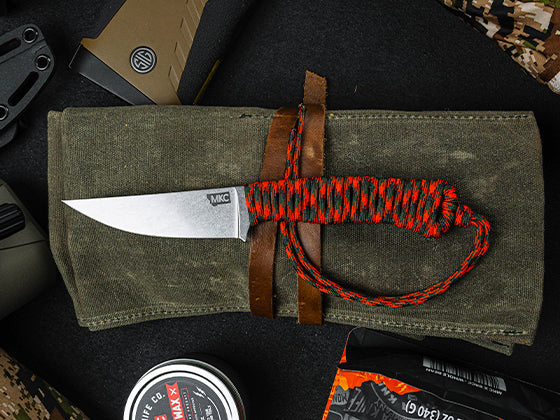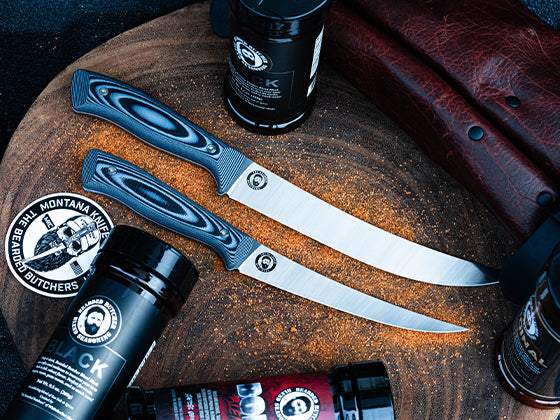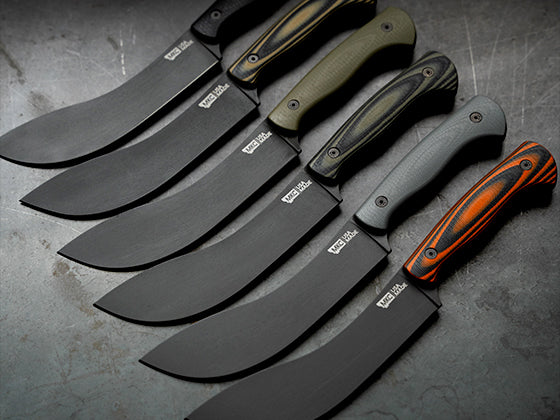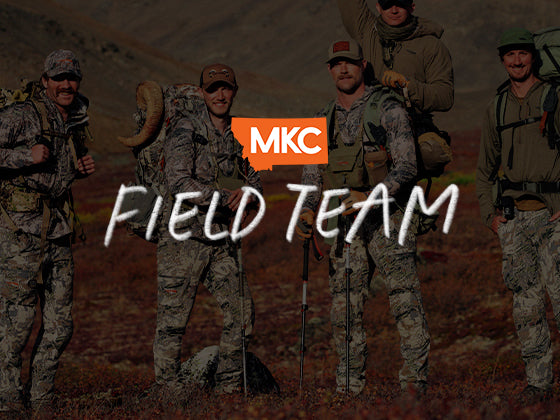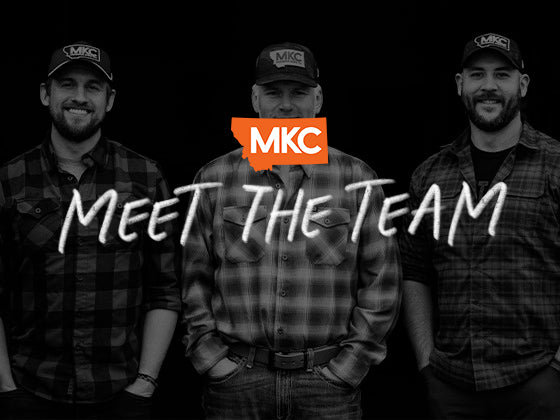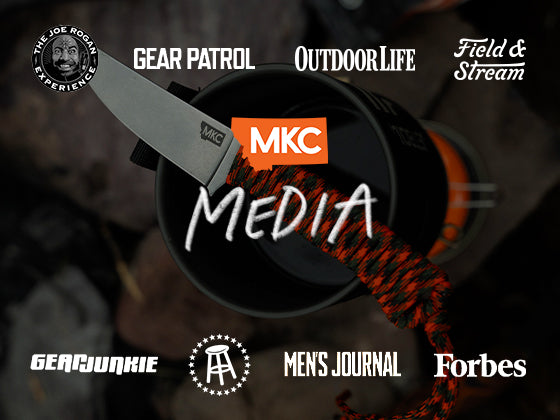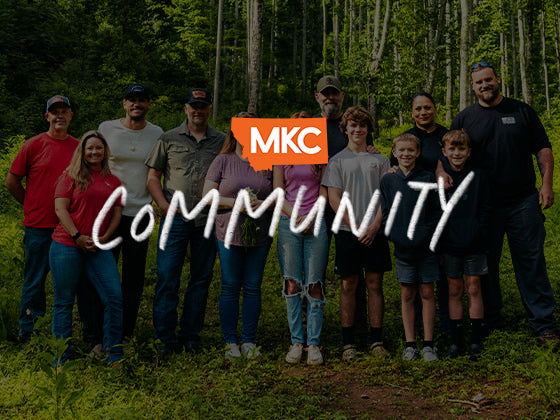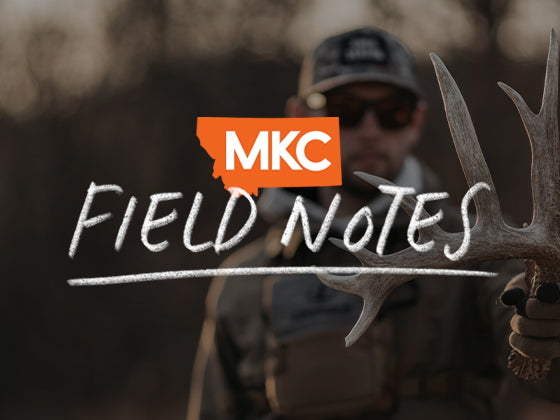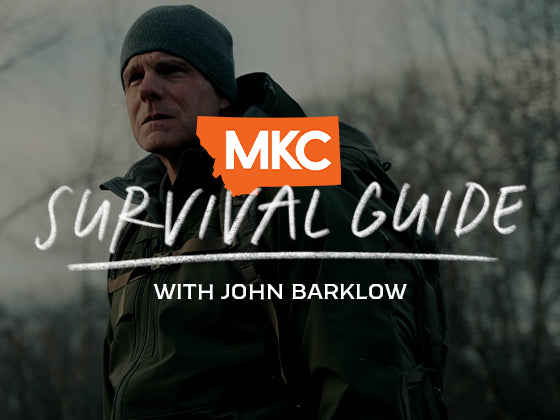Hot weather camping can turn dangerous if you’re unprepared. Dehydration, sunburn, heat stress, and heat stroke all threaten your safety when temperatures climb.
Thankfully, these problems are almost entirely preventable. When you understand how to camp in hot weather properly, you control the variables that keep you safe and effective in the backcountry.
Hydration Systems for Hot Weather Camping
Staying hydrated while camping in the heat requires discipline and a solid plan.
Your water system needs two capabilities: the ability to collect water efficiently and the capacity to carry enough between sources.
Building an Effective Water Collection System
I carry one standard water bottle, which allows me to dip into streams as I cross them or collect from small water sources after filtering. A single bottle also works well for running a SteriPEN.
Outside of the single bottle, I pack a larger bladder that holds four to six liters. When I find a water source but haven’t reached camp yet, I can collect several liters, purify them, and carry that water to my glassing spot or campsite. This approach prevents the frustration of setting up camp only to realize you need to hike back down to water.
Many outdoorsmen who camp in the heat prefer hydration bladders with hoses in their packs. These systems let you stay hydrated without stopping to pull out a bottle, but they’re more difficult to access and refill.

Hydration Targets and Electrolyte Management
When camping in hot weather, shoot for at least six to eight liters of water per day. That target isn’t always achievable in the field. If I manage four or five liters during active hours, I consider that a success. Then at camp, I top off to reach that eight-liter goal.
About every other liter, I mix in electrolyte powder. You don’t want to run straight water all day, but you also shouldn’t rely exclusively on drink mixes. Alternating between plain water and electrolyte drinks maintains proper mineral balance while camping in the heat.
Always keep chlorine dioxide tablets in your possibles pouch as a backup. When your filter clogs or your SteriPEN battery dies, those tabs guarantee you can still purify water and stay hydrated.
Sun Protection Strategies for Camping in the Heat
Sunburn is another unforced error that’s completely preventable with proper preparation.
Sunscreen Application Strategy
Sunscreen works, even if you don’t enjoy wearing it. Choose a formula with 30–50 SPF and reapply throughout the day. I prefer tinted sunscreen that blends with my skin tone rather than ones that leave obvious white streaks that could spook game during a stalk.
But sunscreen alone isn’t enough to keep you safe during hot weather camping.
Sun-Protective Clothing Systems
Your clothing is your first line of defense against sun exposure.
Sun hoodies with minimum 30 UPF ratings, preferably 50 UPF, are necessary for camping in the heat. These hoodies protect your ears, shade the back of your neck, and prevent burns during stalks, hikes, and glassing sessions.
The hood protects vulnerable areas that outdoorsmen often miss when applying sunscreen. It’s one of the most important pieces of gear for extended time in direct sunlight.
Creating Shade With a Tarp
A tarp isn’t just rain protection. You can set up a tarp almost anywhere to create shade and escape direct sun exposure.
Use trekking poles, rocks, or vegetation to anchor your tarp. This portable shade system becomes your refuge during the hottest parts of the day when you need to glass, rest, or wait out extreme temperatures.
Recognizing Heat-Related Emergencies When Camping in Hot Weather
Understanding the signs and symptoms of dehydration, sunburn, heat stress, and heat stroke can save your life when camping in hot weather.
Dehydration Warning Signs
Thirst and cottonmouth are your first indicators. If you haven’t found a water source or you’ve been pushing hard without drinking, dehydration sets in quickly.
Check your urine color, assuming you’re still urinating. Aim for a straw color. If your urine turns brown, you’re setting yourself up for heat stress.
Heat Stress Symptoms
Heat stress manifests as excessive sweating, elevated heart rate, and feeling generally terrible. Slow down, seek shade, and drink water.
These symptoms indicate your body is struggling to regulate its temperature. Address them immediately before the situation deteriorates.
Heat Stroke: A Life-Threatening Emergency
When you stop sweating entirely and your skin becomes hot and dry, you’ve progressed to heat stroke. Your heart rate skyrockets. You feel faint.
Heat stroke kills people in the backcountry and requires aggressive, immediate cooling. If you experience these symptoms while camping in hot weather:
- Sit down immediately.
- Get into shade.
- Drink water.
- Cool down by any means necessary.
If your partner shows heat stroke symptoms:
- Lay them in a lake or stream if water is nearby.
- If no water source is available, sacrifice your water supply and pour it on their clothes in the shade.
Tips for Camping in Hot Weather: Preventative Measures
The best approach to hot weather camping is to prevent problems entirely.
Controllable Factors
You can manage several variables:
- Hydration schedule and volume
- Electrolyte intake
- Clothing choices
- Shade availability through tarp setup
- Pace of movement
- Timing of activities
Timing Your Activities
Move during cooler morning and evening hours, and take breaks mid-day when temperatures peak.
Animals do this, too: They seek shade during peak heat and move during cooler periods. Following their pattern makes you a safer and more effective hunter.
Pace Management
Slow down when temperatures climb. Pushing hard in extreme heat can lead to heat stress and heat stroke. Let the weather inform your pace.
How to Camp in Hot Weather
When it comes to camping in hot weather, prevention beats treatment every time.
Hot weather often feels like easy living compared to cold conditions, but it brings its own set of challenges. Dehydration, sunburn, heat stress, and heat stroke all require the same attention to detail and preparation you’d apply to winter camping.
Your reaction to hot conditions determines your outcome. Manage hydration, protect yourself from sun exposure, create shade when needed, and adjust your pace to match the environment.

by John Barklow, a Special Operations Survival Instructor and consultant who has spent decades teaching military personnel and civilians survival techniques in extreme environments.
























